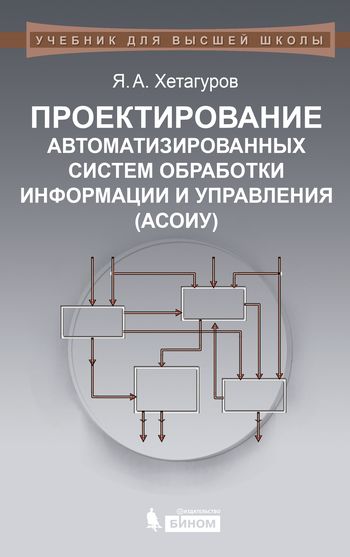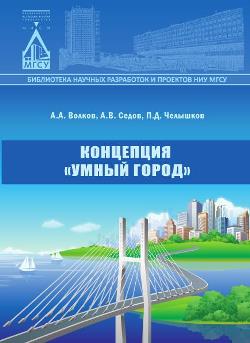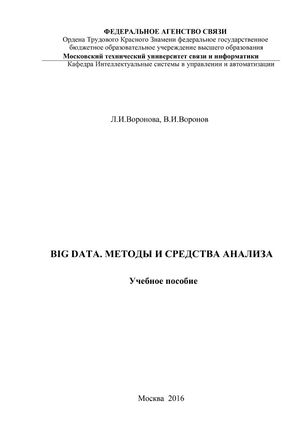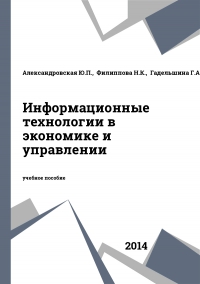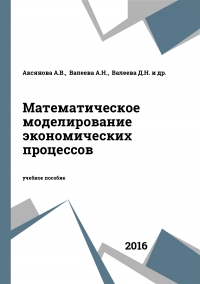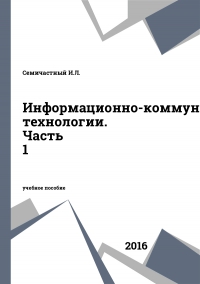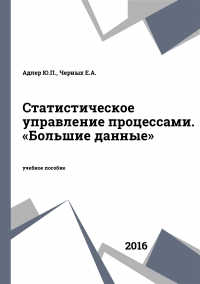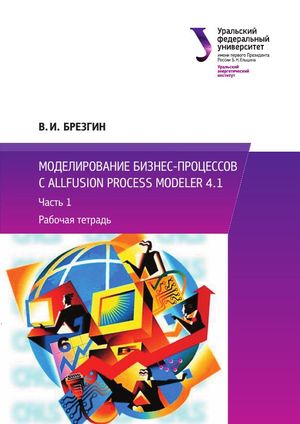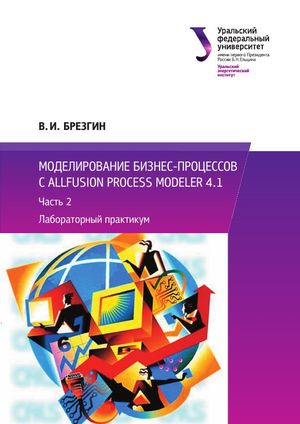
New Urban Landscape: Basics of Landscape Design
Бесплатный
SMART-курс
Доступно для сетевого взаимодействия

НИУ Московский государственный строительный университет
Длительность
108 часов
Формат обучения
Онлайн самостоятельно
Документ об обучении
Сертификат Datalib
Не упустите возможность получить качественное образование по выгодной цене!
Описание курса
The program aims to develop students' professional competencies necessary to perform the following types of professional activities within the framework of their existing qualifications:
• able to participate in the development and design of the architectural section of project documentation;
• able to develop a master plan for the development site (landscape design).
Main outcomes of the course are as follows:
• to study the basic concepts of landscape design, integrated landscaping in the architectural aspect of design activities;
• to study international and Russian examples in the field of designing landscape objects;
• respectfully and carefully treat the cultural and historical traditions of society, natural environment, international and Russian artistic, architectural and cultural heritage;
• to study the principles and methods of designing architectural and urban landscape objects, including cases of their reconstruction and restoration;
• study and be able to develop architectural and urban landscape projects considering various social, urban planning, historical and cultural, functional, engineering, artistic, ergonomic (taking into account creation of barrier-free and inclusive environment) requirements;
• obtain creative thinking skills in terms of choosing an architectural and urban planning, and engineering solution in connection to various historical, cultural, artistic, and environmental requirements;
• obtain skills to integrate various forms of knowledge in the development of design solutions, coordination of interdisciplinary goals, development of options and selection of a design solution for a site.

Ответим на любой вопрос
Содержание курса
Модуль 1
Lecture 1:
• Introduction, course structure, its main goals and objectives;
• Landscape architecture, landscape project, art, design - basic definitions;
• Landscape architecture as a combination of science and art;
• Regular and picturesque landscape design;
• Current trends in landscape architecture around the world;
• Recent features of park organization and design in the largest cities;
• Urban landscape and sustainable development.
Lecture 2:
• The concept of landscapes. Settlement system in Russia and the basics of landscape life support;
• Cultural landscape, non-cultural landscape. Urban (urbanized) landscape;
• The concept of "recreational load". Stability of a natural complex;
• The settlement system of a city and its types (in Russia and abroad);
• Classification of landscape objects;
• Ecological frame of the city (“green” infrastructure);
• Urban-ecological frame on the example of Moscow. Parks in Moscow. Statistics on park in Moscow.
Practice 1:
• Introduction of a course and practical work
• Practical assignments description
Practice 2:
• Types of landscape objects
• How to choose references?
• Introduction of assignment 1
Practice 3:
• Concept landscape design project
• Site introduction and site selection
Practice 4:
• Making a typological album (references)
• Project concept idea
Assignment 1 (Practices 1-4) submission:
Making a typological album (references)
Модуль 2
Lecture 3:
• Project assignment or terms of reference (tekhnicheskoe zadanye) for various objects of landscape architecture;
• Classification of urban natural greenery and project assignment for them;
• Optimal ratio of buildings and landscaping areas from park’s maintenance experience;
• Landscaping for an architectural and urban environment. Complex improvement (kompleksnoe blagoustroystvo):
- the history of landscaping and gardening (on the example of Moscow);
- contemporary approaches and problems of complex improvement;
- landscaping (brief review of foreign examples);
• Comprehensive assessment of a territory;
• Russian Federal program "Formation of a Comfortable Urban Environment" – examples.
Lecture 4:
• Project phases. The first stage is pre-project, the second stage is architectural design.
• The first phase as a comprehensive assessment of spatial and planning conditions (the study of physical, climatic, landscape, environmental factors, as well as the morphological structure of a site, hydrogeology of territories, etc.):
- the first phase: landscape-visual analysis. The study of the functional zoning of the territory or site;
- first phase: site survey
• Second phase: general requirements for a project. Project phases. Requirements for a landscaping project. The composition of project documentation, organization of terrain;
• Territory improvement plan (layout drawing). Methods for creating a layout drawing (ordinate method, grid method, traverse method)
• Other documentation on the organization of terrain and vertical planning.
Practice 5:
• Pre-project analysis of the site
• Ways of presentation, diagrams
Practice 6:
• Landscape and visual analysis
• Photo, roads and paths analysis, functional zoning
• Introduction of assignment 2
Practice 7:
• Pre-project analysis for a site, site characteristics
• Photo, roads and paths analysis, functional zoning
Practice 8:
• Making a pre-project analysis for a site
• Visual style (analysis and design process) and infographics
Assignment 2 (Practices 5-8) submission:
Pre-project analysis of the site. Landscape and visual analysis (photo, roads and paths analysis, functional zoning)
Модуль 3
Lecture 5:
• Work on restoration of historical park complexes – is an independent type of restoration;
М Restoration of monuments of landscape art and the complexity of their modern use (examples);
• Types of works on historical heritage monuments and sites: restoration, reconstruction. Conservation. Fragmentary and complete restoration. Scientific restoration. Recreation of completely lost monuments;
• Features of pre-project restoration work:
- historical and archival research;
- scientific research (photography, measurement work, field research, etc.);
• Features of restoration projects. Project phases;
• Examples of restoration and reconstruction of historical monuments and sites of landscape complexes in Russia.
Lecture 6:
• Reconstruction and restoration of parks: an overview of trends;
• Challenges and problems of park reconstruction;
• Reconstruction, renewal and creation of new embankments (examples);
• Improvement of pedestrian zones in cities. Comprehensive improvement programs in Moscow and other cities;
• Creation of eco-parks.
Practice 9:
• Features of pre-project restoration and reconstruction
• Sketch of site plan (French-style regular garden)
• Sketch of site plan (English-style picturesque garden)
Practice 10:
• Introduction of assignment 3
• Sketch for a site plan – Alternative 1
• Sketch for a site plan – Alternative 2
Practice 11:
• Stylistics of a landscape and visual style
• Examples
Practice 12:
• Making a site plan drawing and fragment
• Examples
Assignment 3 (Practices 9-12) submission:
Drawing a Site plan and sketches of its fragment. Sketches (hand-drawing or computer graphics is acceptable)
Модуль 4
Practice 13:
• Landscape design, site plan – layout drawing (разбивочный чертеж)
• Landscape design, site plan – dendrological plan (дендроплан)
• Developing compositional and stylistic techniques
Practice 14:
• Introduction of assignment 4
• Choice of solutions, materials, lighting, plants, small architectural forms
• Doing a layout drawing (разбивочный чертеж)
Practice 15:
• Selections of trees and greenery, dendrological plan
• Examples
Practice 16:
• Making a site plan with drawing dimensions
• Examples
Assignment 4 (Practices 13-16) submission:
Development of design and stylistic solutions. Working on site plan with drawing dimensions (or layout plan)
Lecture 7:
• Overview of history of landscape art and landscape architecture: the ancient world, the Era of Feudalism, the European Middle Ages, Ancient Russia, the Middle East and India, Asia, Italian Renaissance, Baroque (17th century), Classicism and Romanticism (18th - 19th centuries), Baroque and Classicism in Russia (18th - 19th centuries), the concept of "garden city", "green urbanism", approaches to landscape architecture in Russia in the 20th century.
Lecture 8:
• Aesthetic factors. Fundamentals of composition;
• Features of visual perception;
• Aesthetic patterns of formation of architectural and landscape complexes:
- concept, image;
- volumetric and spatial structure of a park;
- ensemble harmonization tools;
- proportionality;
- scale;
- rhythm;
- contrast;
- nuance;
- similarity;
- identity;
• Other tools and patterns.
Модуль 5
Practice 17:
• Drainage system. rain water removal. slope
• Softscape, hardscape, mix type – details
• Organization of sports grounds
Practice 18:
• Introduction of assignment 5
• Choice of details and development of drawings
Practice 19:
• Section and details
• Geoplastics and land art
Practice 20:
• Making a drawing details
• Examples
Assignment 5 (Practices 17-20) submission:
Drawing details for a project
Lecture 9:
• Drainage system on the landscape site. Drainages:
- classification of drainages;
- drainage of detached buildings, retaining walls, drawing details;
• Organization of surface water runoff:
- types: closed surface drainage system, open surface drainage system;
- organization of surface runoff from paths and platforms, slopes, drawing details;
• Coating structures. Hard coatings, soft coatings, mixed coatings. Drawing details;
• Geoplastics. Imitation of natural landforms. Hills. Retaining walls (engineering solutions). Types of geoplastics;
• Organization of retaining walls. Examples, drawing details/
Lecture 10:
• Water and water devices. Organization of reservoirs (engineering solutions);
- reservoirs, their purpose, classification;
- types of water supply, flow regulation;
• Decorative hydraulic structures in the landscape (pools, waterfalls, cascades, canals, water streams and channels, fountains, springs, drinking fountains, sprinklers);
• Design of reservoirs. Drawing details;
• Greenery and vegetation (engineering solutions);
• "Green" roofs;
• Small architectural forms, paths organization, playgrounds and sites for various purposes, equipment;
• Organization of artificial lighting of landscape architecture objects / sites.
Модуль 6
Practice 21:
• Small architectural forms in landscaping project
• Decorative use, utilitarian use
• Role in the aestheticization of urban landscape
Practice 22:
• Introduction of assignment 6
• Choice of small architectural forms
• Doing a fragment drawing of the site plan (1:200, 1:500)
Practice 23:
• Types of decorative small architectural forms
• Making specifications
Practice 24:
• Making a fragment of the site plan (with small architecture forms)
• Examples
Assignment 6 (Practices 21-24) submission:
Drawing a fragment of the site plan (with small architecture forms)
Lecture 11:
• Small architectural forms (overview);
• Use and classification;
• Decorative small architectural forms;
• Landscape outdoors furniture and equipment;
• Ergonomic requirements for small architectural forms and equipment, accessible environment;
• Materials used for landscaping (examples).
Lecture 12:
• Plants. Greenery at landscape site. Conservation and protection of valuable plantings;
• Soil preparation;
• Sources and types of planting material:
- time schedule of landing works;
- rules for planting;
- features of planting trees and shrubs;
• Maintenance of trees and shrubs at landscape architecture sites, their treatment;
• Types of lawns and their classification:
- ways of arranging lawns;
- maintenance of lawns;
• Arrangement and maintenance of flower beds;
• The concept of "continuous flowering";
• Vertical gardening;
• Rockeries, rock gardens.
Модуль 7
Lecture 13:
• Urban landscape: the role of public and green spaces;
• Landscape architecture in Saint-Petersburg: historical and current features:
- Nevsky prospekt;
- Mikhailovsky Garden;
- Letniy Garden;
- Marsovo Polye .
Lecture 14:
• Urban landscape: relevant approaches for public spaces;
• Case Study “Novaya Gollandiya” (“Новая Голландия”) in Saint-Petersburg;
• Several contemporary cases of urban landscape architecture.
Practice 25:
• Visualizations of views
• Axonometry
• Perspective
Practice 26:
• Introduction of assignment 7
• A project drawings album
• A project graphic panel (A2 size)
Practice 27:
• Visualization or sketch for main view for a panel
• Graphic panel composition tips
Practice 28:
• Making a project drawings album
• Making a project graphic panel (A2 size)
Assignment 7 (Practices 25-28) submission:
A final project album (all assignments) and a final panel for the project
Преподаватели и авторы курса
Высококвалифицированные преподаватели обеспечивают студентам наилучший опыт обучения.
Они используют различные методы обучения, чтобы помочь студентам получить более глубокое понимание предмета. Наши опытные преподаватели будут сопровождать вас на каждом шагу.
Немного статистики
35%—45%
Снижение времени на обучение темы с помощью онлайн-курсов
15—25%
Увеличение скорости освоения материала
62,7%
Россиян когда-либо учились в онлайн-формате
* По результатам научных исследований за 2023 год



